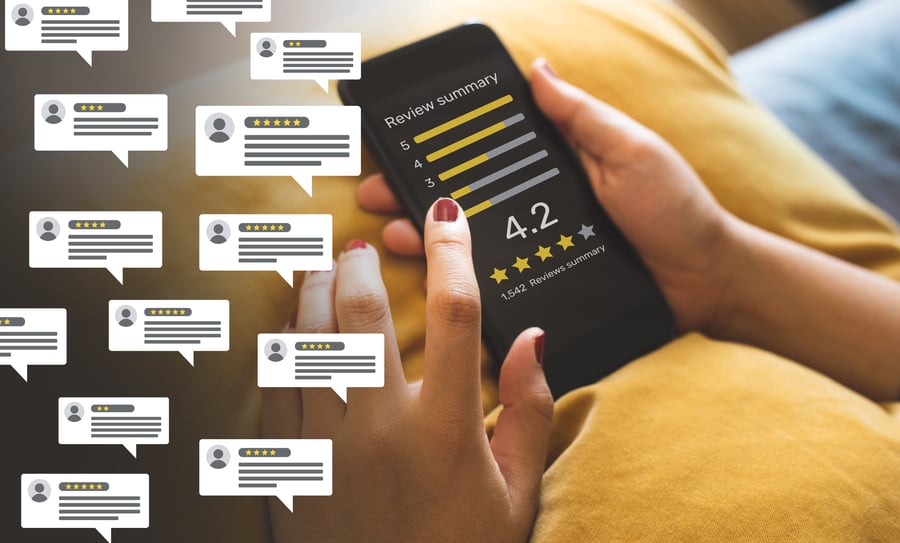If you are unsure as to the financial health of a business or want to know if they have the funds or credit to meet your fees then it may be worth running a credit check. Creditsafe is amongst the most popular of all systems and will allow you to check those big contracts and agreements to make sure you do not walk into any trouble.
A company credit report can show you:
Company Verification
Check the company name is registered, the company address, their trading addresses and ownership information. Where applicable, a company credit report will also show you the company website and the industry code that the company lies within.
Officer Details
Every company credit report will give you officer and shareholder details, you are then able to view individual officer reports that will display current and previous appointments, including appointment and resignation dates. You can also view those companies’ credit reports whether they are still trading or not. This deeper research helps you understand how these officers are operating their businesses.
A Company Credit Score
Going beyond verifying a business, a company credit report will also provide a company credit score. A company credit score is an algorithm equation (which in Creditsafe’s case) determines the likelihood of a company becoming insolvent in the next 12 months, with 0 being very likely and 100 being very unlikely. The higher the credit score, the more stable the company. As many factors influence a company’s credit score, a change to any of these factors can influence the overall credit score. For example, if adverse payment behaviour is filed (court judgments) then this will be taken into consideration and would change the score.
By checking the company credit score you have a basic understanding of how well the company is performing on top of verifying the business. The algorithm does all the hard work for you and provides a baseline answer, but we always recommend looking deeper into a company credit report to make a truly informed decision about a business.
Group Structure
Being able to view a group structure on a company credit report is another benefit of running a credit check. You will then be able to verify not only the business you are thinking to deal with but also any companies within its group structure. For example, the company you are dealing with could be a sister or child company to a bigger operation.
The group structure aspect of a company credit report allows you to see all related companies including the parent/head office company and check their company credit reports for the bigger picture of how that group is performing and how stable they are.
If one company in a group structure runs into trouble, it could have a knock-on effect on the other companies within that group.
There are many ways to check if a company is legitimate, but if something still doesn’t feel right always trust your instincts. If you don’t feel comfortable dealing with a business, don’t deal with them. Fraud is a common and damaging problem for SMEs and the more vigilant business owners are the more they can protect their company.
Always carry out your due diligence on potential customers and suppliers to ensure you are dealing with legitimate businesses.


